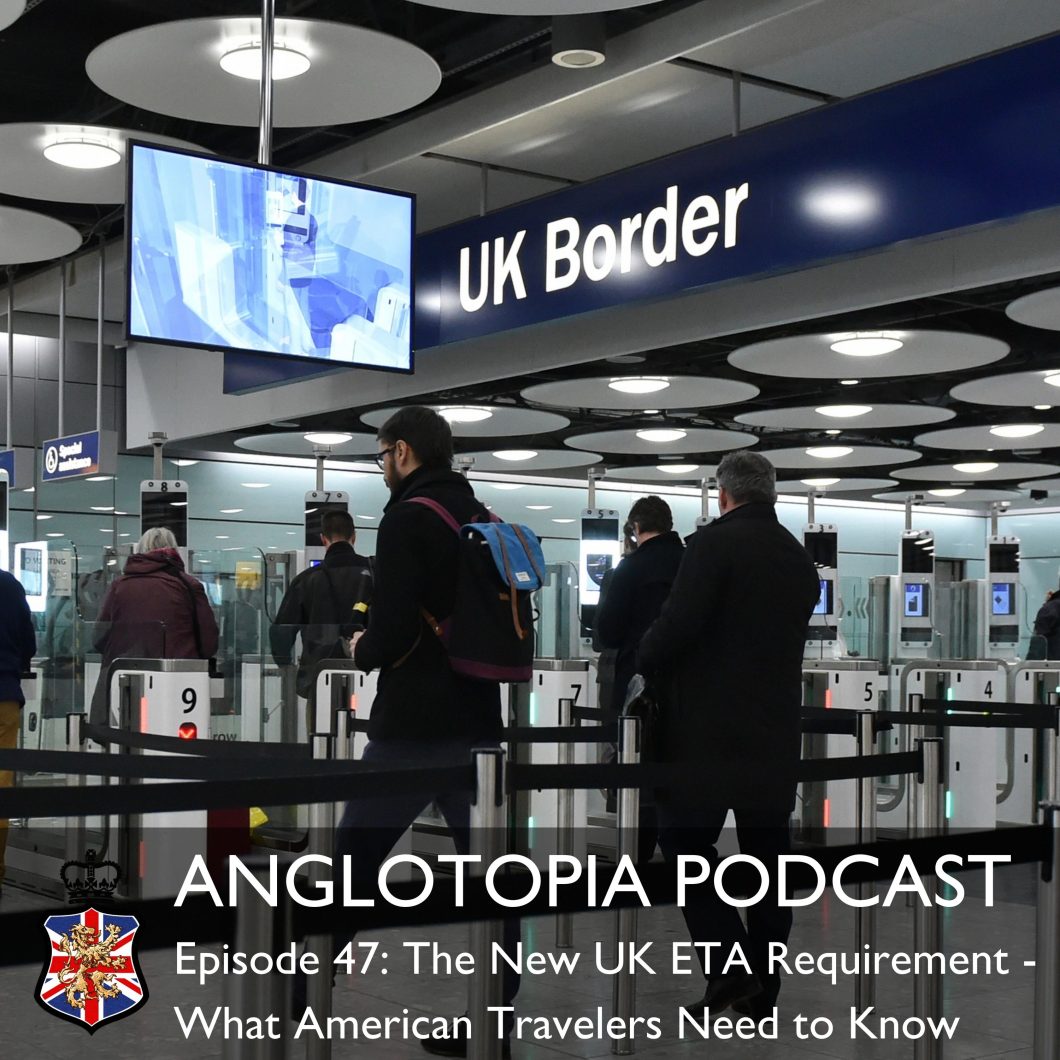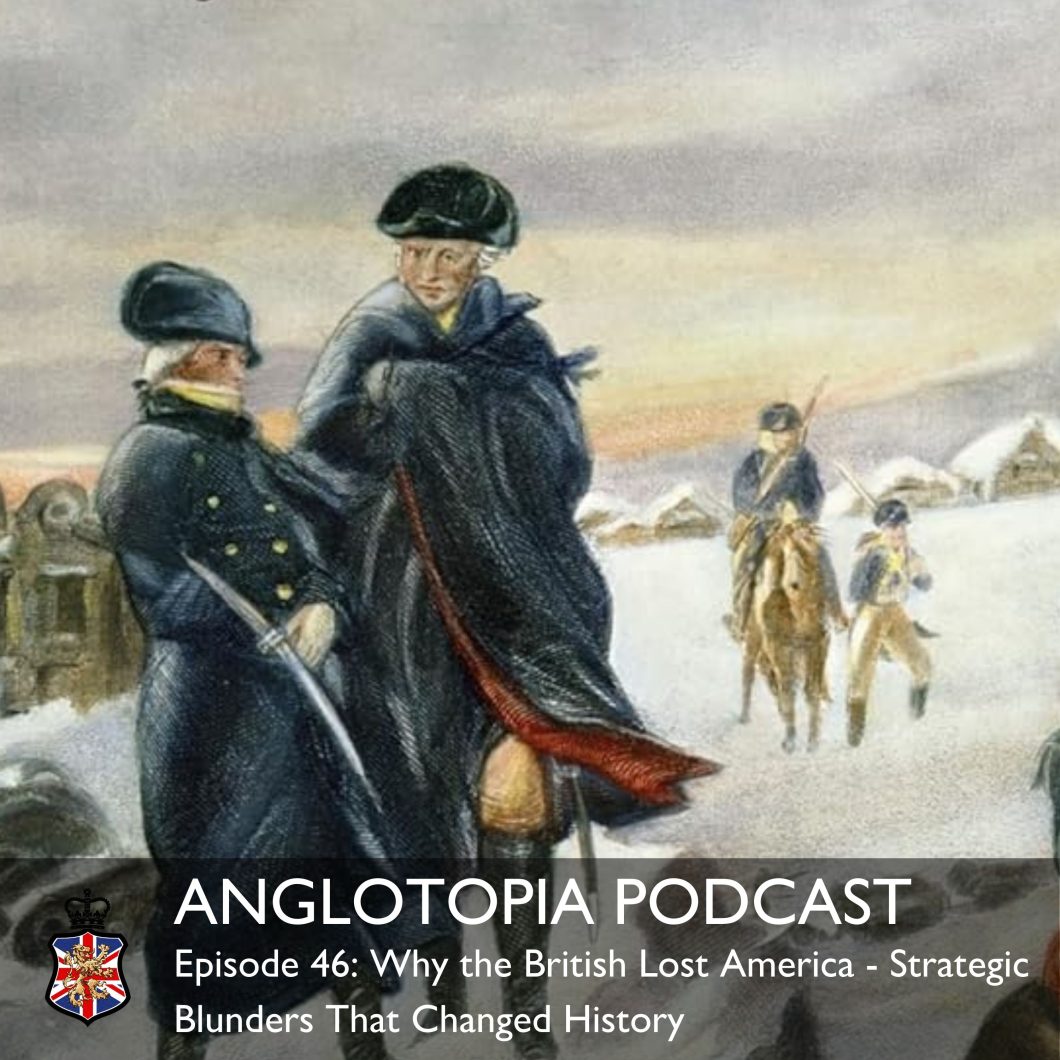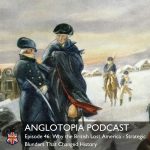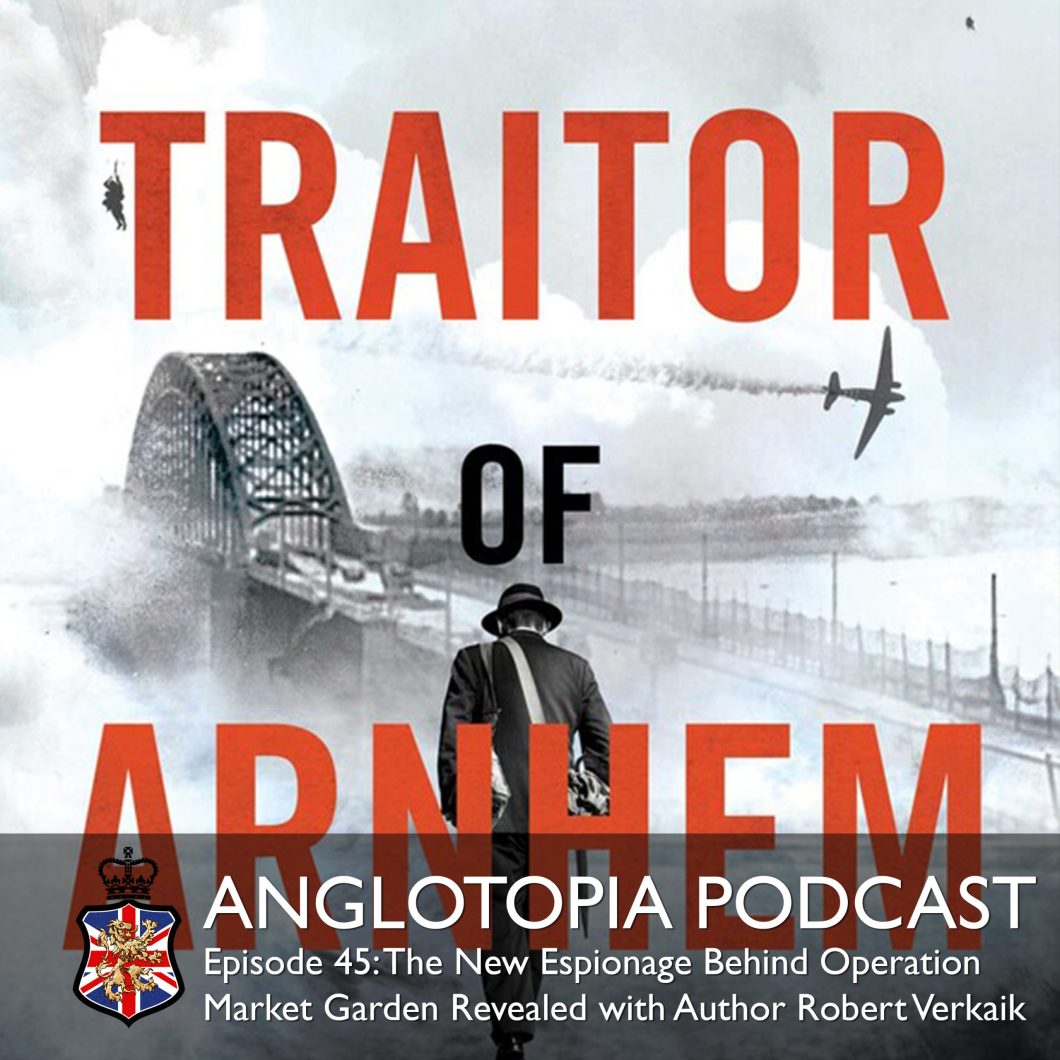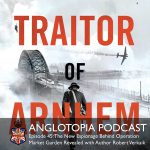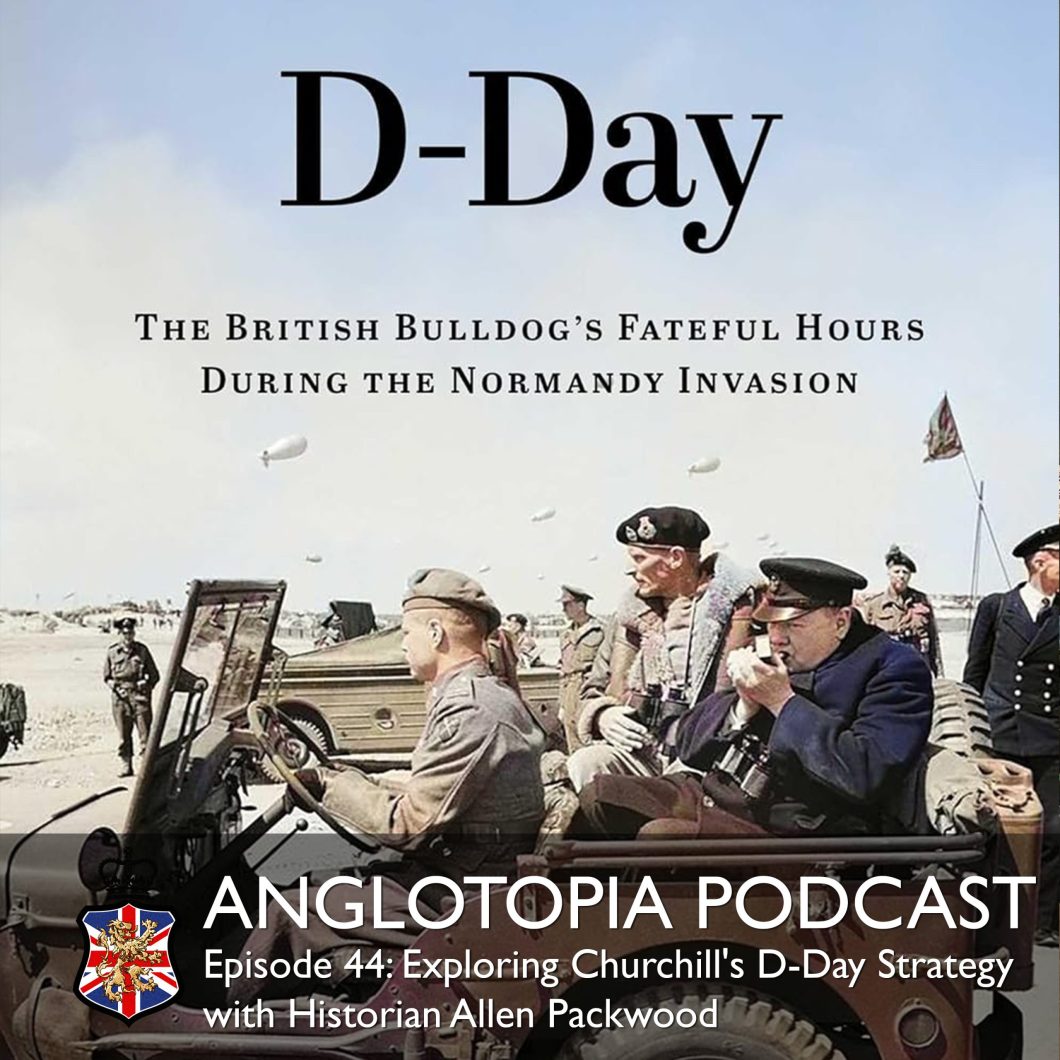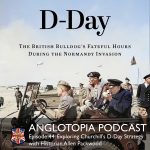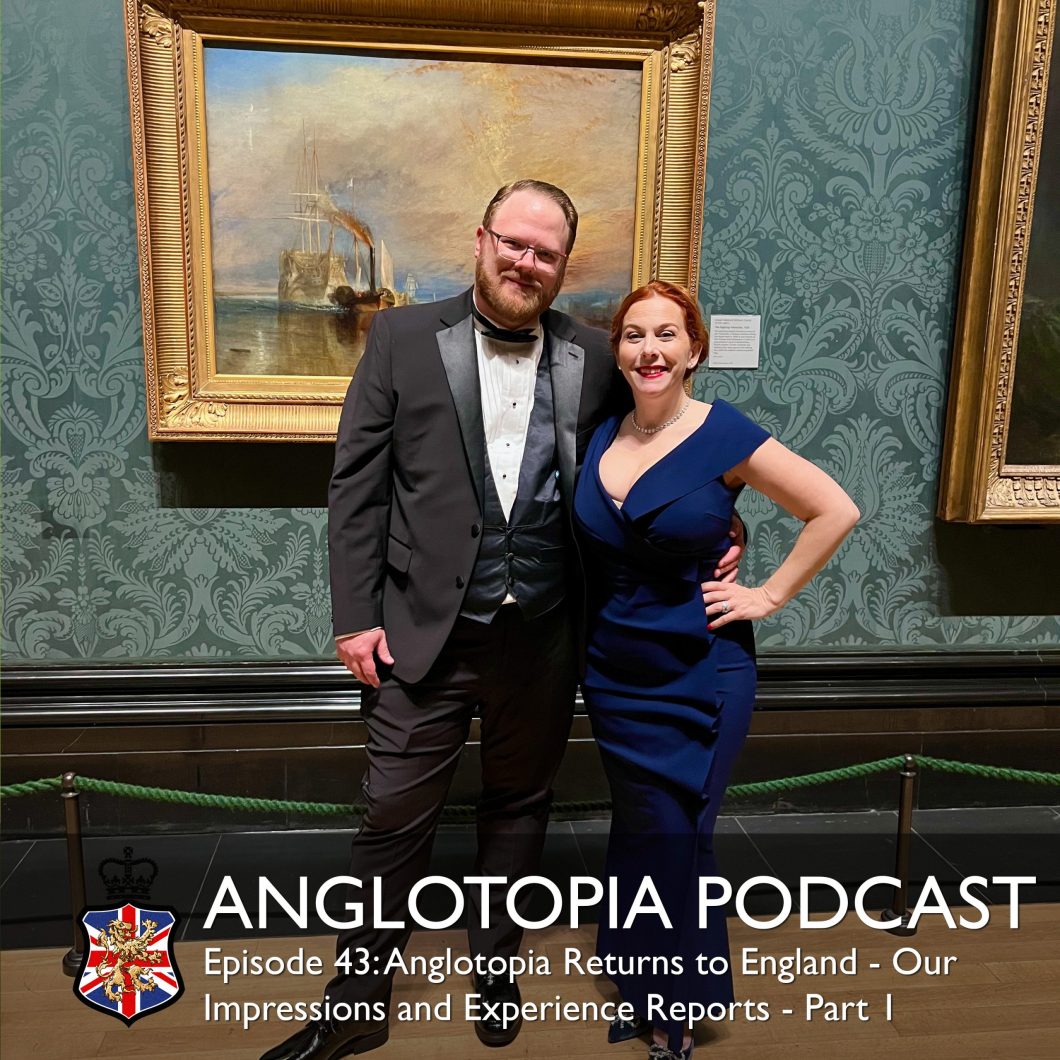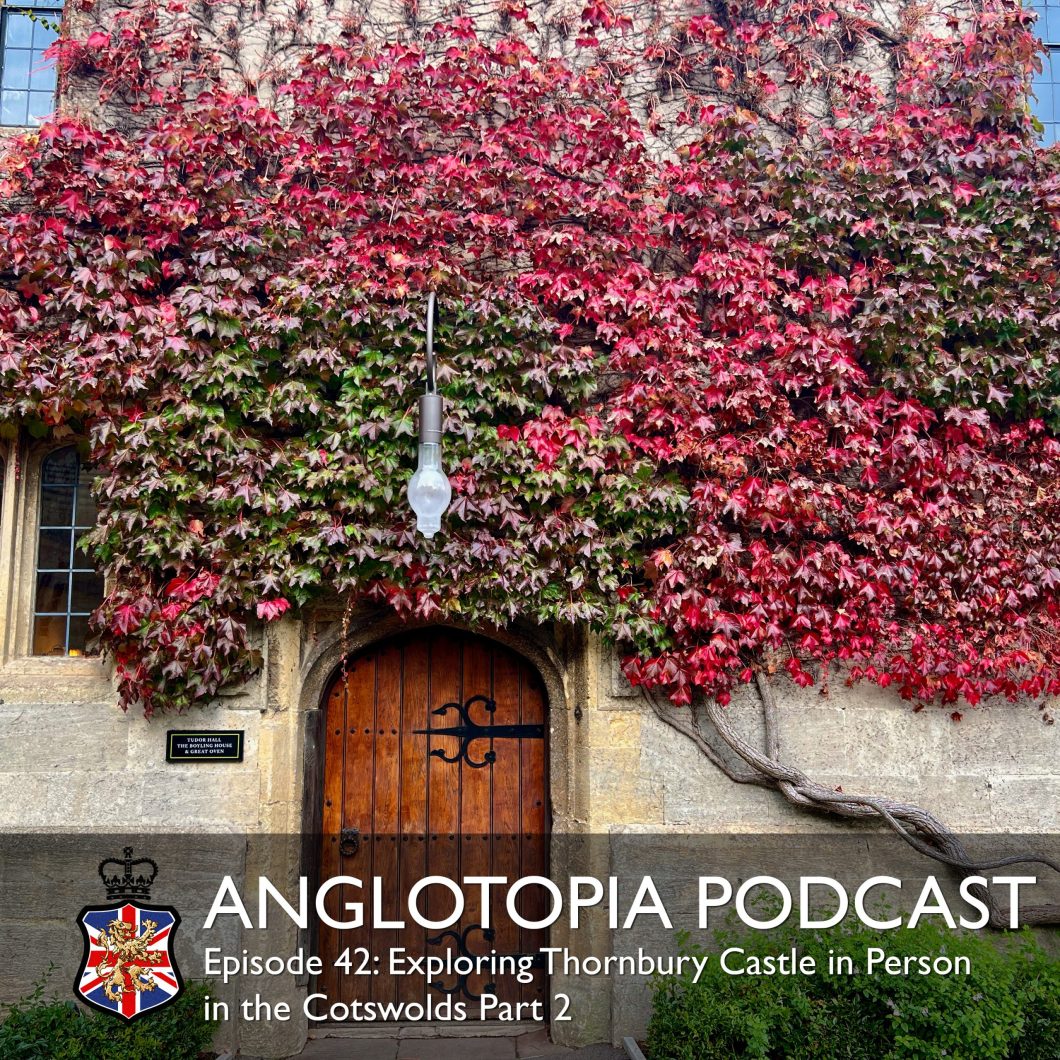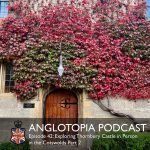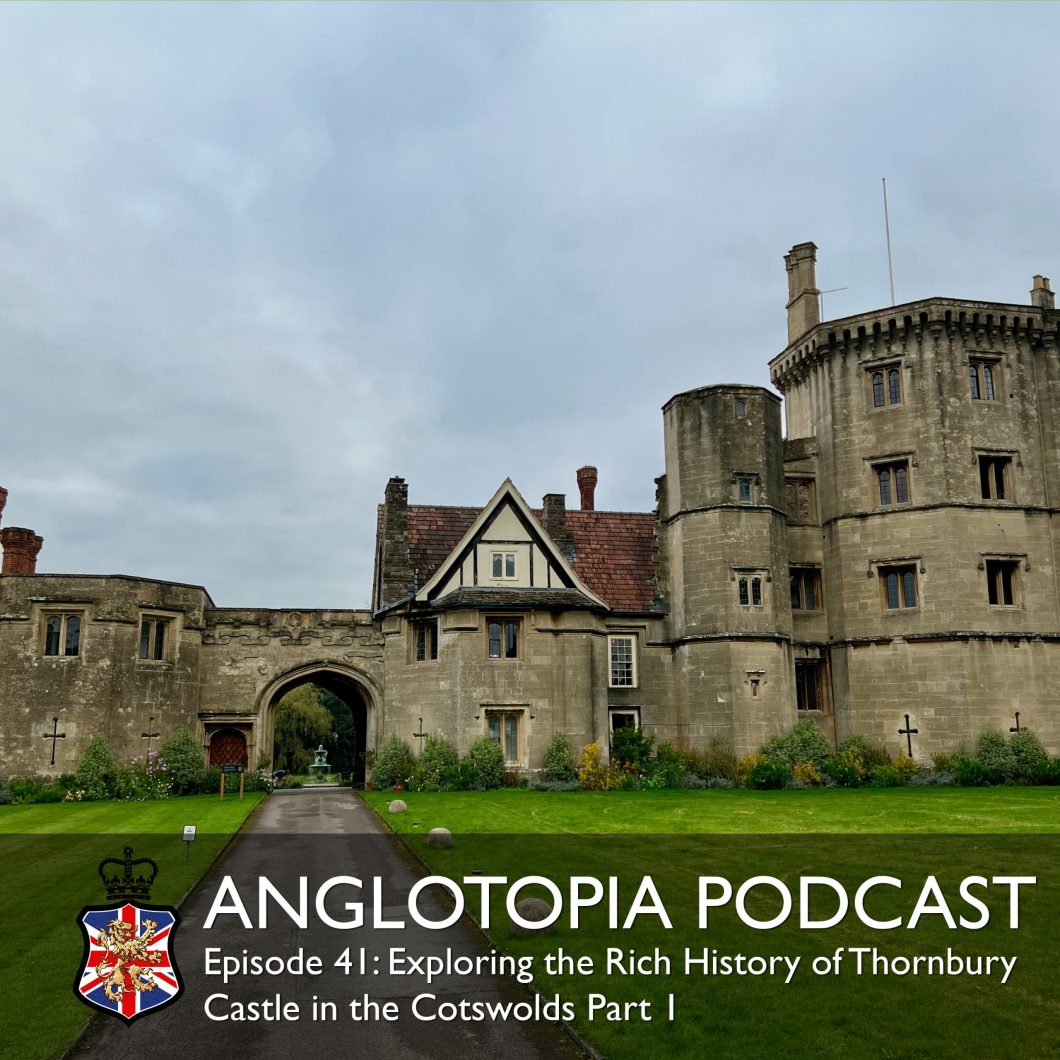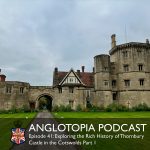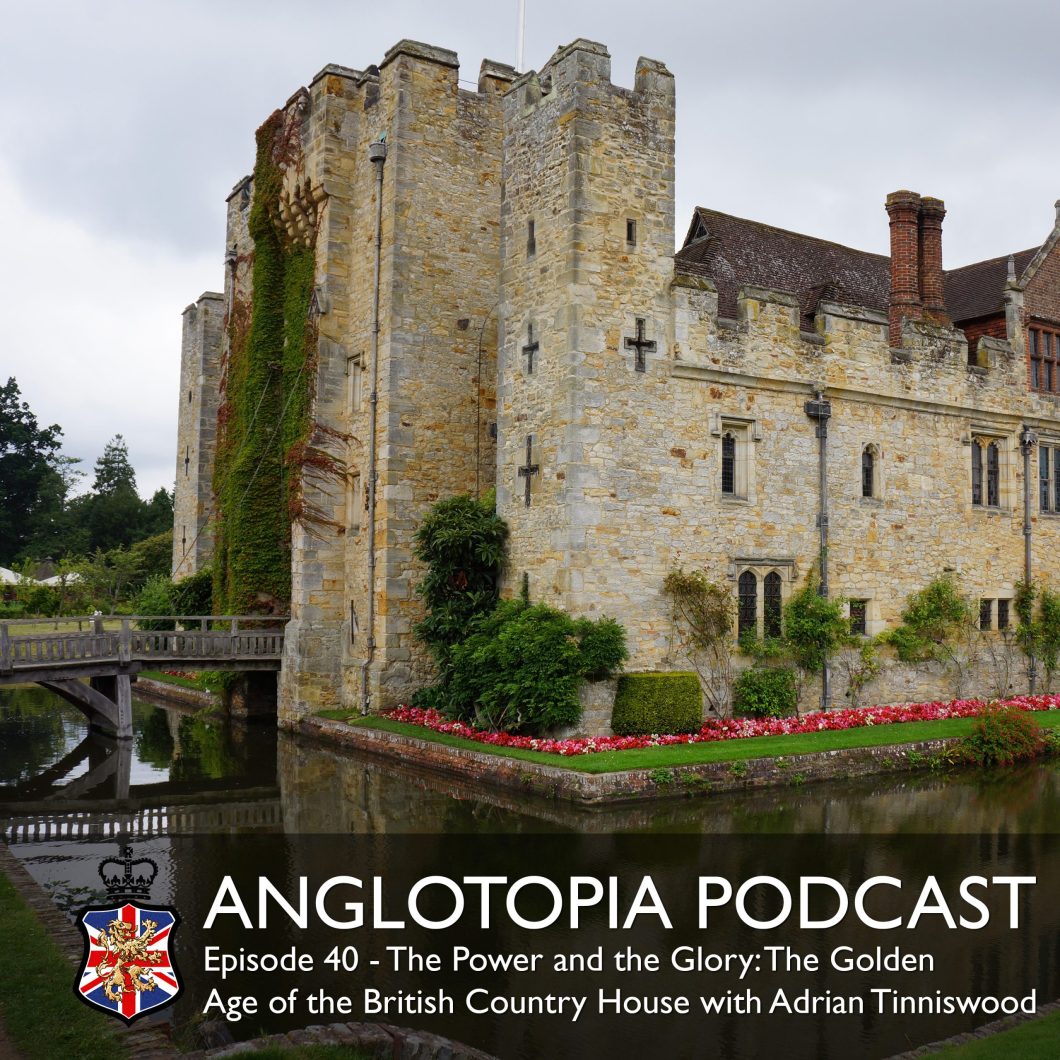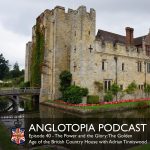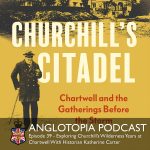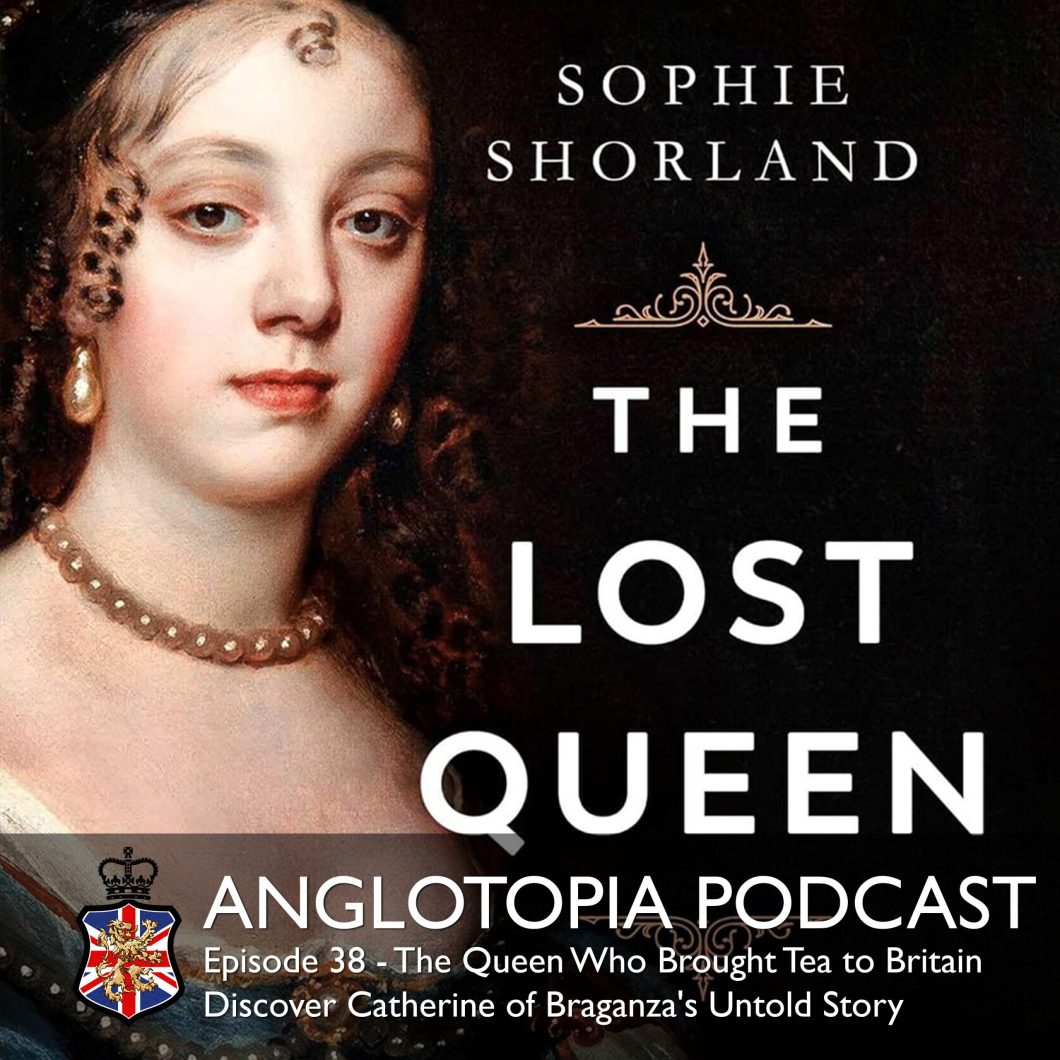
In this episode of the Anglotopia podcast, host Jonathan Thomas discusses two significant topics: the release of a new book titled ‘British Monarchy: A Complete Guide to Britain’s Kings and Queens’ and the introduction of the Electronic Travel Authorization (ETA) for travelers to the UK. The book compiles a decade’s worth of articles on British monarchs, while the ETA represents a major change in travel requirements for visitors, emphasizing the need for pre-travel authorization to enter the UK.
Links
- The British Monarchy – A Complete Guide to Britain’s Kings and Queens
- UK ETA on Google Play (Official)
- UK ETA App on iOS App Store (Official)
- OFFICIAL UK Government Guidance on ETA (and apply online)
- Price Going Up to £16
Takeaways
- The new ETA is a significant change for travelers to the UK.
- The book on British monarchy compiles years of research and articles.
- Travelers must apply for the ETA well in advance of their trip.
- The ETA is linked to your passport and valid for two years.
- The application process for the ETA can be done via an app.
- The ETA does not guarantee entry into the UK, but is necessary for travel.
- Travelers should be cautious of third-party services for ETA applications.
- The ETA costs £10, but will increase to £16 soon.
- The British government aims to digitize its border control with the ETA.
- The podcast emphasizes the importance of understanding new travel regulations.
Sound Bites
- “This is the biggest change to British travel in quite a long time, and it’s very important that we talk about it.”
- “If you don’t do this and you don’t complete this task, you cannot arrive in Britain. That’s a problem.”
- “The key thing you need to know is that you should do this as soon as you’ve booked a trip to Britain. Don’t put this off to the last minute.”
- “Not having an ETA guarantees you won’t get entry to the UK.”
- “Be leery of third-party services offering to do this. You don’t need a third-party service to apply for this. You can do it yourself.”
- “Trust the crown. The crown is the official one.”
- “The king has said I can come as much as I want, so I’m gonna take him up on that. He got my thirteen dollars and 42 cents, and I’m gonna take advantage of it.”
- “If you lose your passport and you have to get a new one, you will have to reapply for this.”
- “This is not a visa and it’s not complicated, but there are already third-party services out there.”
- “The succession of the kings and queens in Britain has never been straightforward, at least until the last two or three hundred years. And even then there was plenty of drama.”
Timestamps
- 00:00-00:30 – Welcome to the Anglotopia podcast and overview of topics
- 00:30-07:15 – Introduction of “The British Monarchy: A Complete Guide to Britain’s Kings and Queens”
- 00:30-01:30 – Book announcement and overview
- 01:30-03:30 – Content overview: monarchs from William the Conqueror to present
- 03:30-05:30 – Discussion of appendices and additional content
- 05:30-07:15 – Where to purchase the book (different retailers, formats)
- 07:15-28:00 – Detailed explanation of the new UK entry requirement
- 07:15-09:00 – Introduction to the ETA and its implementation
- 09:00-11:30 – What is an ETA and why it was introduced
- 11:30-14:00 – Who needs an ETA and key information
- 14:00-15:30 – Important warnings about scams and third-party services
- 15:30-24:30 – Live demonstration of the application process
- 24:30-27:30 – Application approval and explanation of how it works
- 27:30-28:00 – Final thoughts and recommendations
- 28:00-28:30 – Wrap-up and podcast sign-off

